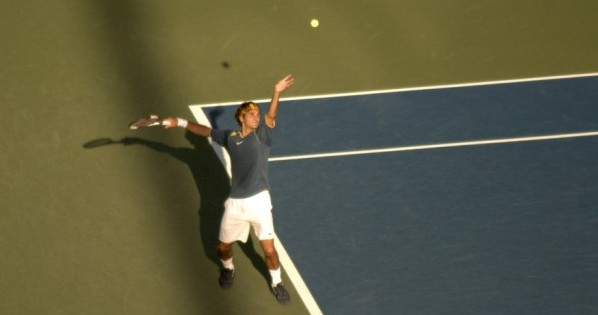
As a non-athletic child—or rather, as a girl growing up in the late 1950s and early ’60s—I had no idea what a coach did. Such people existed far outside the world that I knew. To me sports was not just a non-academic pursuit; it was an anti-academic pursuit. Those who liked running and catching balls were people who were not in my classes and who didn’t sit with me in the cafeteria. I thought of them as existing in the lower world of the body, while I existed on the higher plane of the mind.
My perception changed after I had children. Sports, for my children’s generation, occupies a more elevated place in the curriculum, alongside academics. I resisted this placement initially—and am still acutely aware of the abuses that it encourages. Travel soccer at age six? Five-day-a-week gymnastics at age eight? Parents growing apoplectic on the sidelines when their 12-year-old isn’t the starting pitcher? The hysterical scramble for college athletic scholarships in high school? All this strikes me as unpalatable and opposed to the ideals of education as I understand them.
But I have to admit to a new respect for sports—or maybe not so new when you consider its roots in the Greco-Roman ideal of mens sana in corpore sano [“sound mind in sound body”]. Mostly, what I’ve come to see is that coaches at their best are teachers of this ideal conjunction and, in this, follow the highest of callings—higher than the one to which I am devoted, which concentrates only on the mens part of the human equation.
My respect for coaches derives from watching my son and daughter play tennis. Tennis, as anyone who has played it seriously knows, is a sport that demands not just athleticism but strategy, mental toughness, and an ineffable karmic wisdom. I suppose this is true of all sports, but tennis seems to encapsulate these elements in a particularly dramatic way. It also happens to be the sport that I know best, albeit second-hand.
Watching tennis coaches instruct my children, I began to see that the really good ones were philosophers, teaching not only how to swing the racket but also how to think about the sport and, in doing so, how to think about life.
Here’s one lesson out of the many that I derived from watching these coaches: the idea that each time you serve the ball, you start fresh, putting the past behind you and concentrating solely on the present moment—the need to produce a serve that is the best you can do in that given time and place. This idea, seemingly simple, is to me profound. To approach life this way is not to leave behind what has been learned but to let it take a natural and possibly new shape, without forcing or prescribing the result. It is what Keats referred to as negative capability. We are so often burdened not only by past failures and defeats but also by past successes. We feel obliged to repeat what we have done—to live up to expectations, to not-lose rather than to find joy in the process itself, which is the best way to win. To start fresh, to have hope without arrogance: this is the way to play the game of tennis—and to live a life. Now I try to relay this idea to students in my classroom, where the equipment is different but the lesson is the same.

